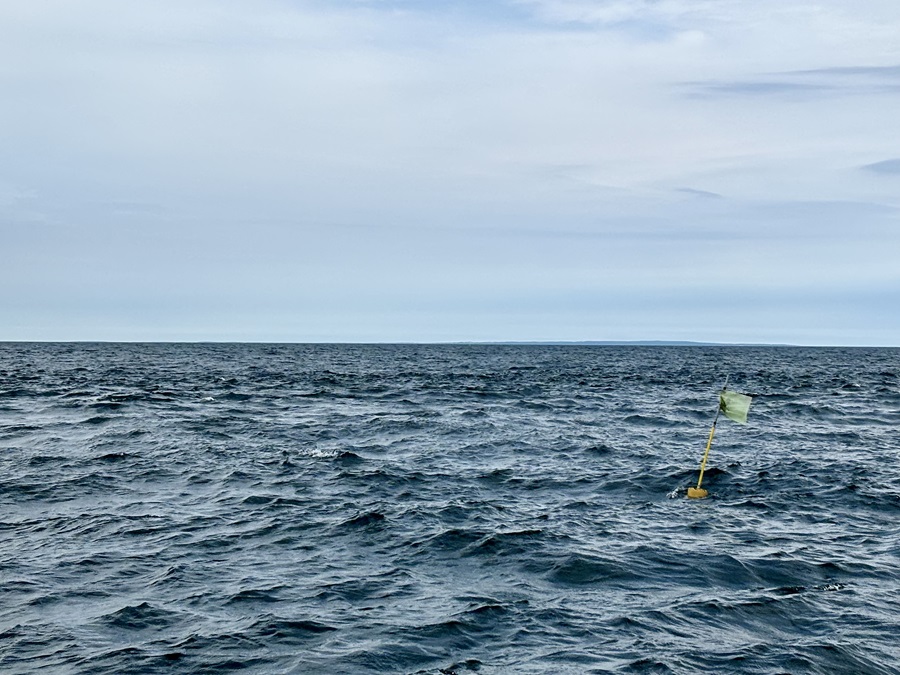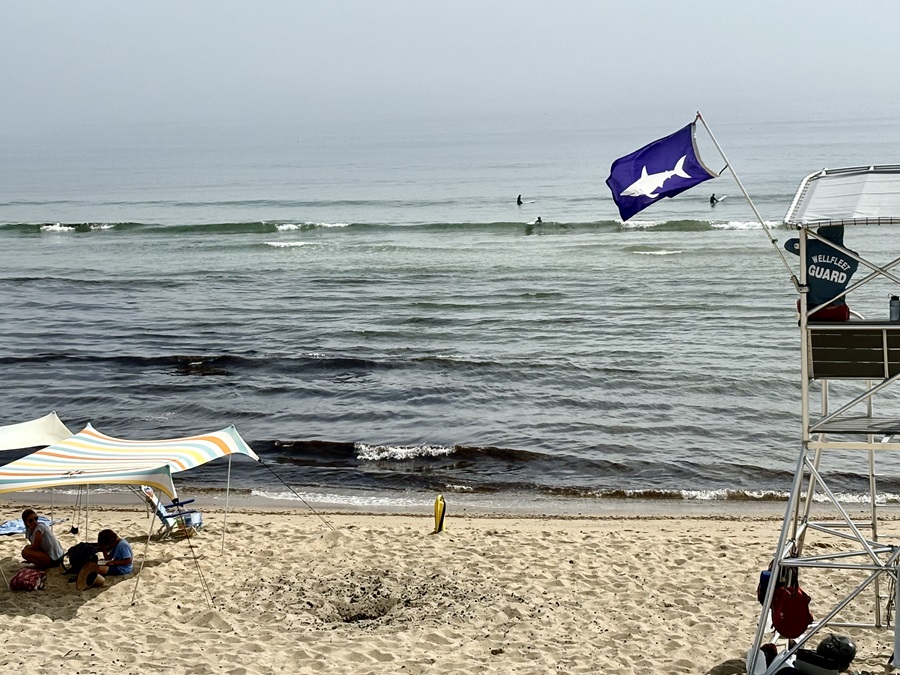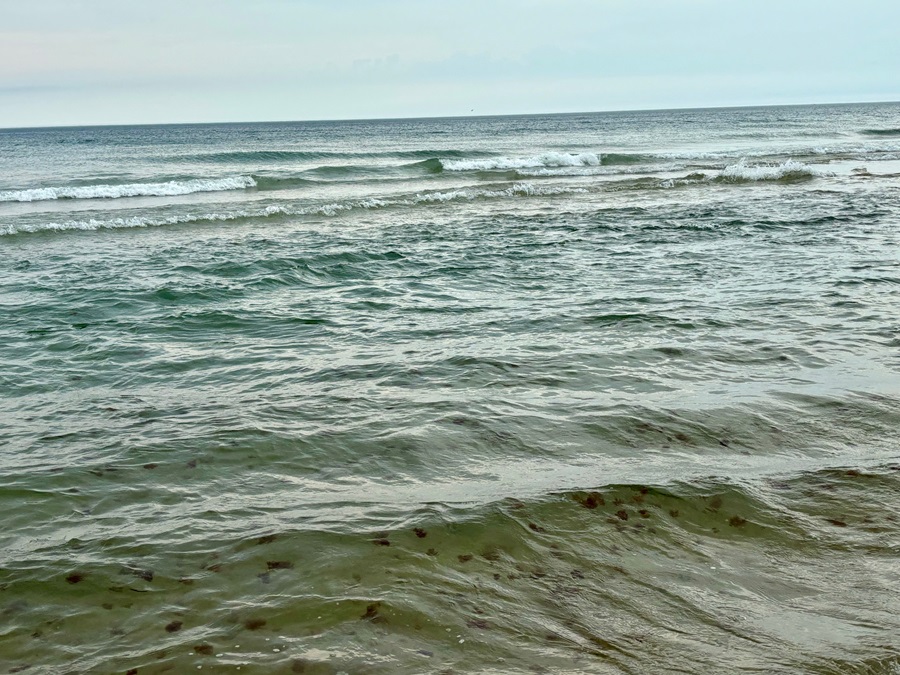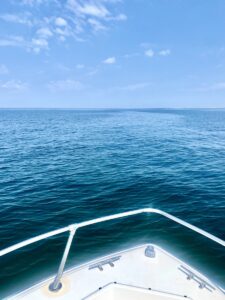On Father’s Day I pick the meat off a big lobster in honor of my father, who spent his winters dreaming about getting back to Provincetown and eating freshly cooked bugs from the huge iron kettle in Mrs. Silva’s legendary kitchen. (Carrie Silva sold her husband Manuel and son Albert’s lobsters, cooked and live, from her side door at 184 Commercial St., according to David W. Dunlap’s Building Provincetown.)
My father, an M.I.T.-trained meteorologist, loved the following things in this order: his family, his baby grand Steinway, symphonic music, sunbathing, lobsters, and the Boston Red Sox. We didn’t have much in common. As his only son, to this day I believe I failed him with my tone deafness and my youthful, misguided fondness for the Yankees. He never could understand my love for surfing, fishing, and sailing. What we did share was a deep appreciation of the sea.

We both loved the majestic dunes, small crowds, and spectacular sandbars of Longnook Beach in Truro, where I learned to surf and fish. My father failed to teach me how to read music, but he did manage to teach me to read the isobars on a weather chart to predict surf conditions and how to read the water at the beach.
The lessons were mutually beneficial, I’m sure. By teaching me how to understand the movement and power of the water, my father could sunbathe without worry while I surfed, safely, to my heart’s content.
Back in the 1950s and ’60s, the thing to fear when swimming off the beach was the savage so-called undertow. Father’s lesson number one was, “There is no such thing as an undertow.”
My father graduated from M.I.T. in 1948 in the school’s first class of weather forecasters. At the time, meteorology was not even a term, let alone a scientific field. His degree was in “atmospheric dynamics.” Before the advent of advanced radar and widespread weather data collection, weathermen relied principally on the science of hydrodynamics — they studied comparable forces and movements of water to better understand the atmosphere.

Rip currents represented true danger. My father taught me how to look at the surface of the water for the telltale chop that marks their speed, length, and intensity. He explained how waves are formed by ocean energy, but the water in the swell doesn’t actually move until it breaks on the shore as surf. The whitewater pouring over the bars must then find an outlet to the sea, flowing out through deeper holes next to the bars. Rips create these basins, dragging loosened sand out and providing the building materials for new bars.
Wave action on Cape Cod ocean beaches creates deep troughs, located just past the wash. They form when water runs off the beach and sluices down the wash beneath the next wave. A trough can be three feet deep or more. And it is, I discovered, the striper’s favorite highway. Its depth is one reason. And the sluicing backwash creates ideal conditions for the bass to prey on confused baitfish.

When you’re flyfishing in mountain streams, you learn right away to look for “diamond chop,” where small, pyramid-shaped wavelets on the water’s surface indicate areas of turbulence. Below the chop, streams of water of differing speeds merge, providing trout with deeper, safer water and food from multiple sources.
On the beach, diamond chop almost always indicates riptides and other currents that pose potential risks to swimmers but also portends a bonanza for fishermen. In the flats of the Bahamas, fishing guides look for what they call “nervous water,” caused by currents or the undersurface movement of prized bonefish. The art of fishing off the beach revolves around keeping a keen eye out for any water surface that differs from the ocean around it.
My dad also taught me how to read tidal currents. Tides don’t move uniformly; they come and go in winding rivers shaped by the shoreline and bottom contours. These rivers of faster-moving water can be spotted from above, especially when there’s a breeze.

Everyone knows wind over water creates little surface waves, or chop. But when you look out to sea and see long, glassy lines of seemingly calm water, this almost always indicates the presence of a current. If it’s moving in the same direction as the wind, the water’s surface will remain calm; water on either side of the current will have texture. Likewise, a stream of faster water moving into the wind will be rougher than the sea around it.
Reading currents like this is useful in the Outer Cape’s bays or harbors, and especially on the back shore, where these glassy — or extra-choppy — streams close to shore are often used by whales, sharks, ocean sunfish, and other marine life looking for a free ride or an easy meal.
I miss my father and feel his presence every time I head to the beach, pick up my rod, or dive into a wave. My father may not have lured me into his magical world of music, but he led me into the beauty of a realm of my own.



